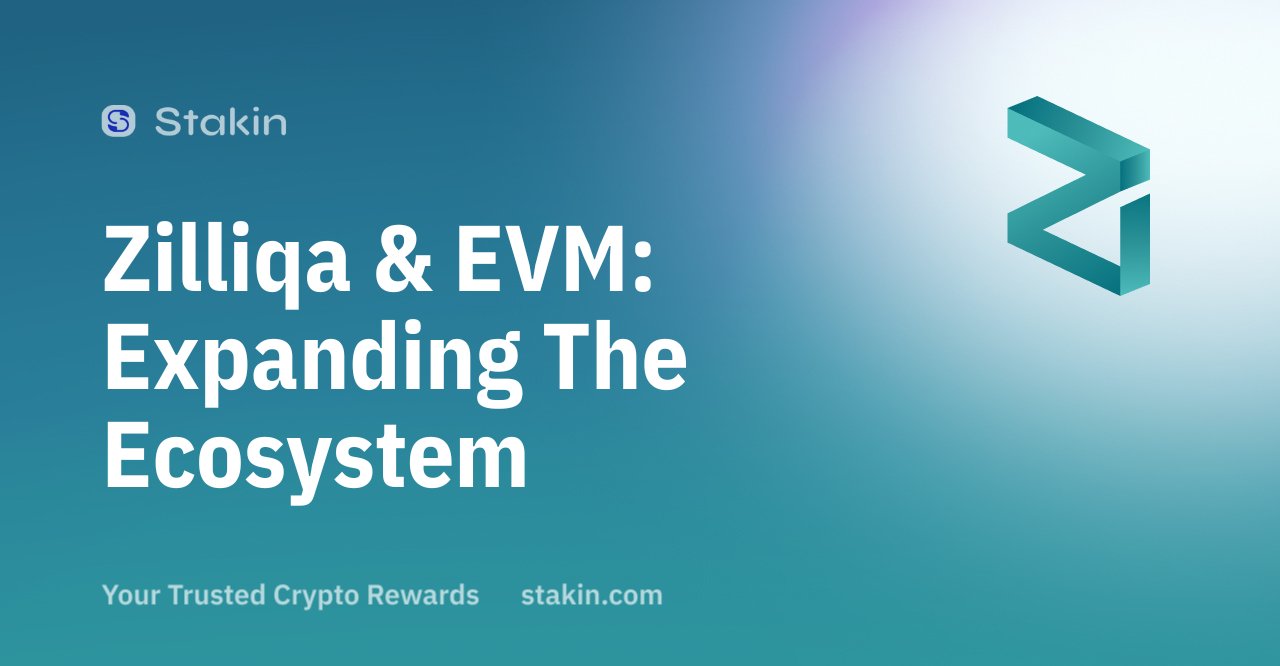Zilliqa Revolutionizes the Blockchain Ecosystem with Ethereum Virtual Machine (EVM) Integration

[gpt3]rewrite
After much anticipation, the Ethereum Virtual Machine (EVM) has been integrated into the mainnet of Zilliqa, a high-performance blockchain platform. For Zilliqa and its ecosystem, this integration marks a major step forward as it improves scalability, interoperability and developer acceptance.
To put it simply, EVM is a runtime environment for the Ethereum blockchain that enables the execution of smart contracts. It has powered a robust ecosystem of dApps, tokens, DeFi protocols and NFTs on Ethereum, and has been instrumental in the platform’s development and widespread acceptance.
While several layer-2 blockchains have implemented EVM compatibility, Zilliqa has taken this a step further by integrating EVM directly into their ecosystem. Tokens can be transferred across applications without problems, including address space incompatibilities, thanks to this approach.
Zilliqa can tap into the Ethereum network’s robust ecosystem, including its tools, developer community, and infrastructure, using the Ethereum Virtual Machine (EVM). Zilliqa and the Ethereum network are integrated thanks to the “Ethereum Bridge”, which provides a secure channel for data to flow between the two platforms. Using this bridge, developers can easily move their Ethereum-based smart contracts to the Zilliqa network without making any changes or rewriting them. Scilla’s smart contract language and Zilliqa’s sharding capabilities, among other benefits, are now more accessible to developers thanks to this interoperability.
What are the benefits?
There are a number of benefits to bringing EVM to Zilliqa’s mainnet. Zilliqa’s sharding capabilities and EVM’s transaction processing skills work together to increase scalability. Increased transaction throughput is a boon for developers without sacrificing Ethereum’s decentralization or security. Zilliqa’s strength is that it lowers transaction costs, allowing developers to benefit from faster, cheaper transactions without having to rewrite their Ethereum contracts.
Third, Zilliqa’s features, including the secure-by-design Scilla smart contract language and sharding for improved network performance, become available to developers. Last but not least, the connection improves Zilliqa and Ethereum interoperability by facilitating the frictionless movement of assets and data.
Integrating EVM is a deliberate move on Zilliqa’s part to get Ethereum developers to learn more about and create for the platform. Developers looking for solutions to Ethereum’s scaling problems may find Zilliqa appealing since it offers a familiar programming environment and lowers barriers to entry. To encourage creativity within the Zilliqa ecosystem, the platform has also introduced programs and initiatives, including awards, hackathons, and training tools to help developers transition from Ethereum.
Both Zilliqa and Ethereum will greatly benefit from the introduction of EVM to their respective mainnets. It leverages Ethereum’s large development community and infrastructure while maintaining Zilliqa’s scalability and cheap transaction costs, resulting in a mutually beneficial partnership that benefits the entire blockchain industry.
Zilliqa’s ability to lure Ethereum programmers bodes well for the future of the platform, which should be full of cutting-edge dApps, DeFi protocols and NFT work. The industry as a whole benefits from this increased innovation and mainstream blockchain adoption as separate blockchain ecosystems combine.
[gpt3]

























